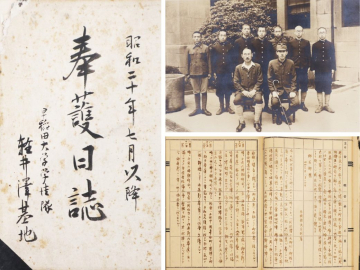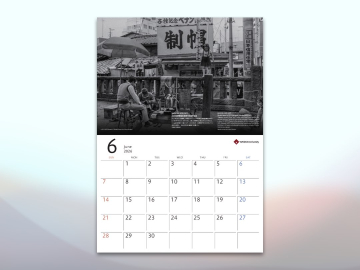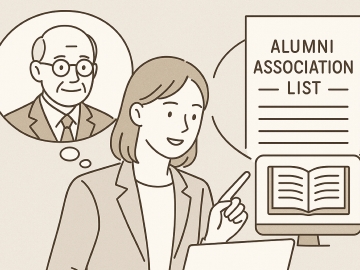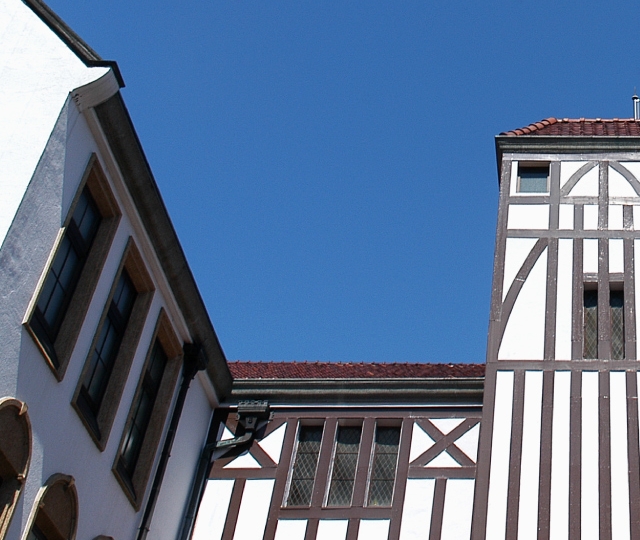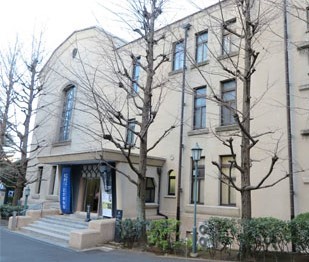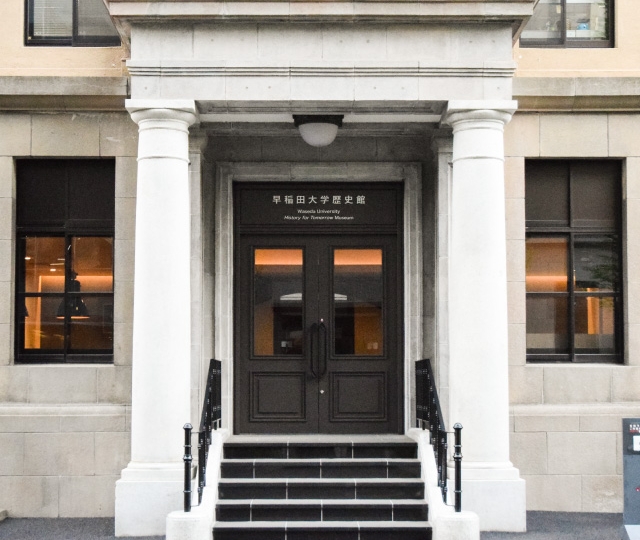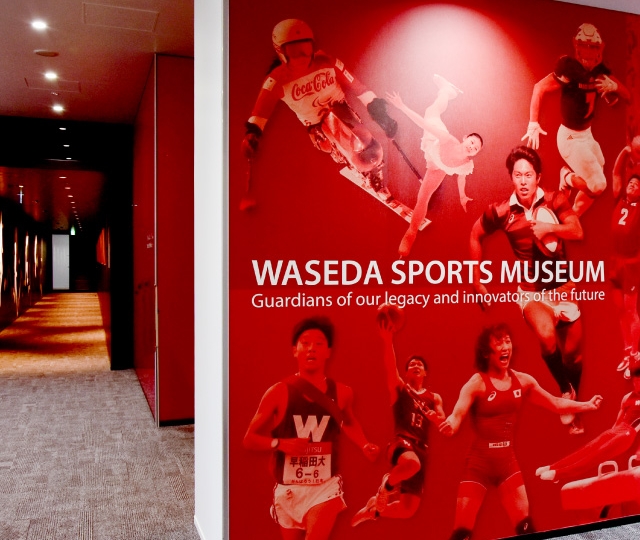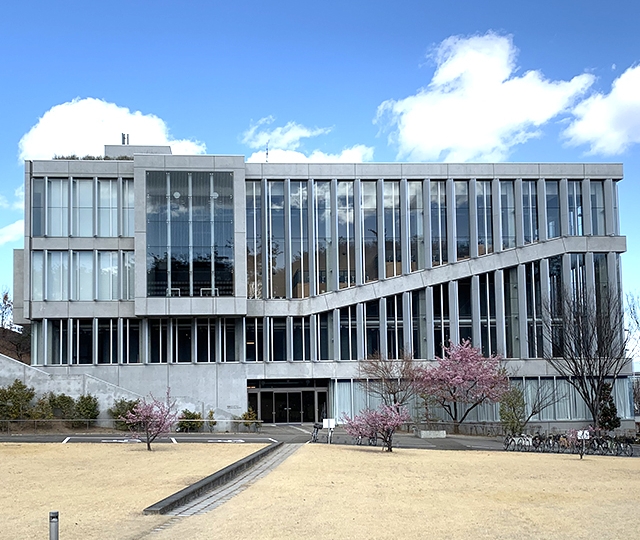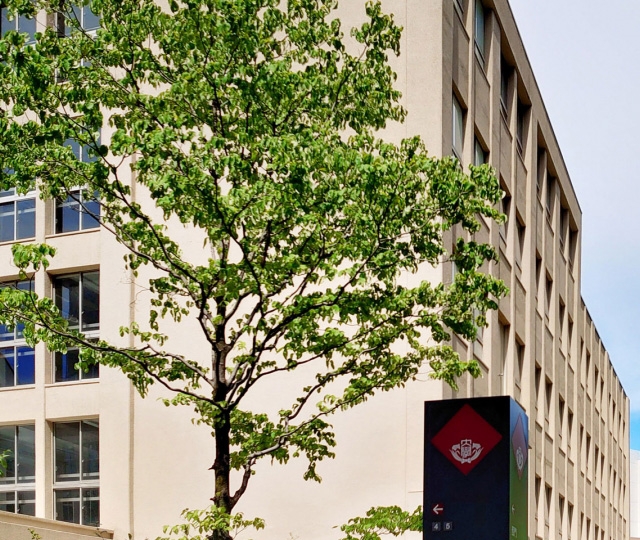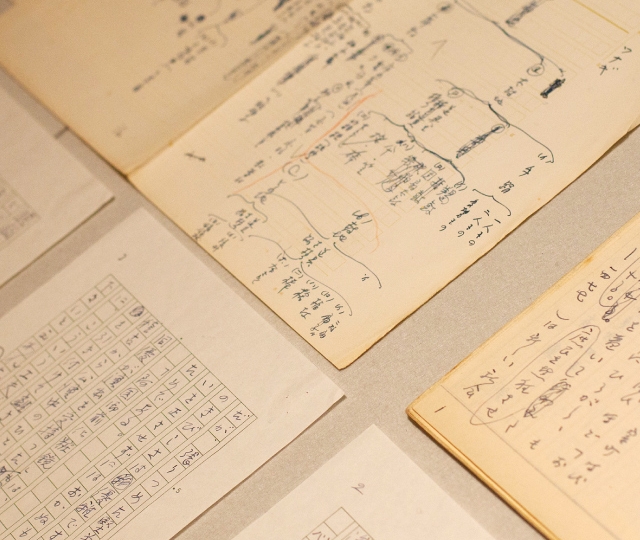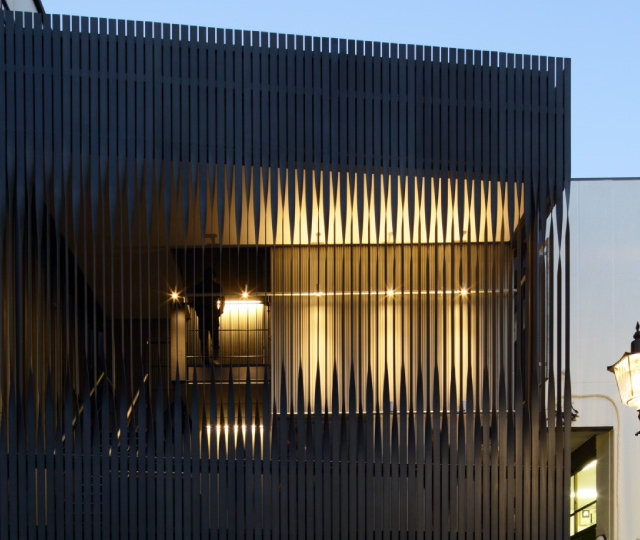To deeply understand and accurately research the history of Waseda University, reliable materials are essential. The archives provide these materials.
Here we focus not on the archival facility itself, but on the works of the archivists involved in collecting, organizing, preserving, and providing access to these materials. It is through their efforts that we can truly say, “Waseda has a long history.”
1. Acceptance: Receiving Materials
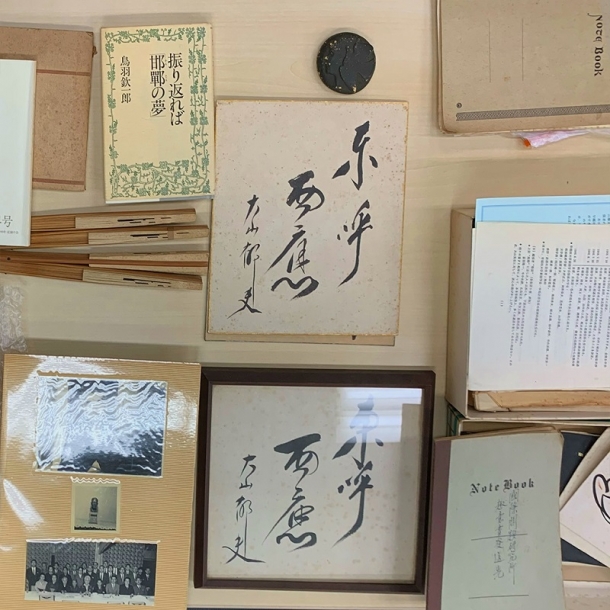
Acceptance of donated materials
Essential to narrating history are historical materials. Waseda University accepts many materials every year, but here we look at the case of “donation” to the History Museum.
Suppose a generous person considers their possessions related to Waseda and approaches the History Museum to donate them. The archivists confirm the donor’s intent and whether it aligns with the museum’s collection policy, and then submit a brief investigation result to the professional meeting for acceptance approval. After careful consideration, accepted items are requested to be sent, along with related documents, to the donor.
2. Formulating the Organizing Plan: Rational Work with Limited Resources
Once materials are received, an organizing plan is formulated. The plan respects the original order as much as possible, determines the granularity for data collection to ease future database searches, assesses whether pre-processing like cleaning, insecticidal treatment, disinfection, anti-mold, or repairs is needed, and estimates the costs and time required. It’s like a conference in a medical setting. Monthly or bi-monthly, the progress is shared, prioritizing and determining the complexity of tasks for each material group and redesigning the process as necessary.
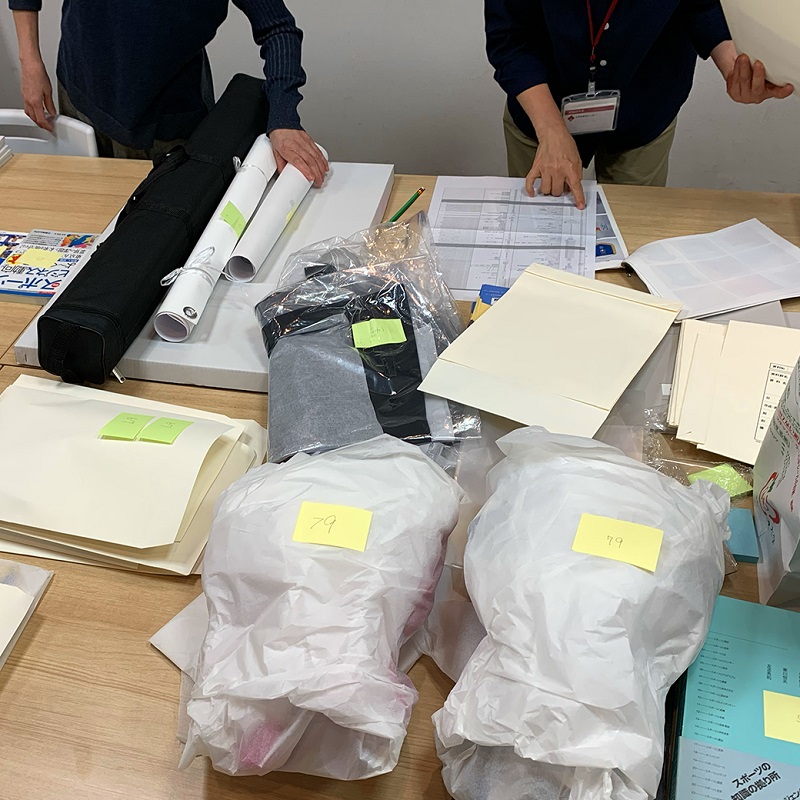
Matching the transfer material list with the actual materials
Materials received through “transfer (移管)” from internal departments are handled similarly but often involve more effort in organizing and processing than donated materials.
3. Inventory Creation: Ensuring Accessibility
Creating an inventory is a critical task. It involves listing the details of each item received. The materials are placed in neutral paper envelopes with inventory information, stored in special boxes, and kept in a storage room. For future usage, all materials refer to this inventory.

Handwritten notes. Although we would like to read them thoroughly, doing so would prevent the completion of the organization process…
4. Usage Provision and Review: Fairness to All
Materials with published inventories are provided free of charge for educational and research purposes. Specific procedures are detailed in the “Usage Guide”. Here, we touch on the review of application materials.
According to museum regulations, the information to be kept confidential is determined by the number of years since the material’s creation. Each item and page is reviewed by staff, who then process the data by masking or bagging confidential information before providing it to users. Materials that are significantly damaged or disordered are not provided for use.
The review is conducted carefully, recording the work while adhering to rules and precedents, regardless of the user’s individual circumstances or social status. While users may find confidentiality frustrating, if the museum did not protect personal and business secrets, no one would want to donate materials. The archives must ensure the potential for future use over immediate accessibility.
5. Reorganization: Passing Materials to the Future
Reorganization is conducted even for materials with completed and published inventories. This involves taking each envelope from the storage boxes and reviewing and correcting the inventory. Depending on the results, the storage method may be significantly changed. This is because technological advances might allow for better preservation and management methods.
Process of reorganization should be done ideally for all materials repeatedly but with new materials constantly being accepted, the end of reorganization is never in sight. Though daunting, each material is treated with care and diligence, considering its condition as if it were a patient.
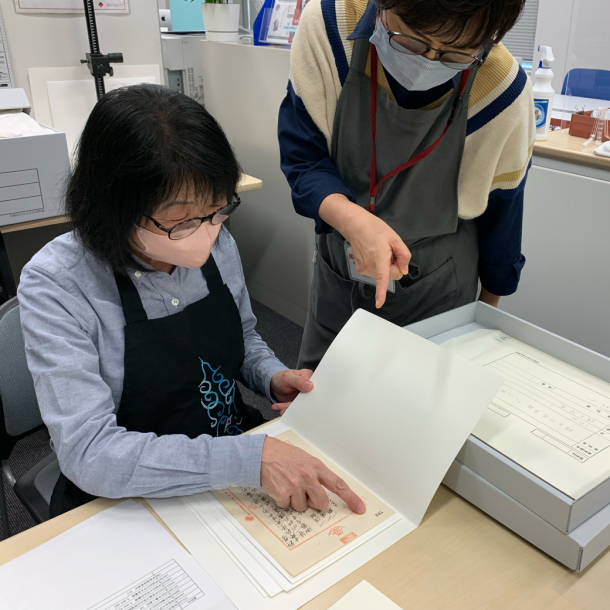
Materials returned from exhibition. Inspected by multiple eyes
* * *
We have introduced the daily operations of the archives of the Waseda University History Museum. Even a brief description of history requires supporting materials for the reader to discern whether it is based on evidence or the author’s imagination. Ensuring the preservation of materials is necessary to verify the credibility of descriptions, visualize the absence of expected details, or critically reassess those descriptions.
Of course, our collection does not only describe “Waseda.” All materials contain information beyond “Waseda,” recording the interactions of all people and events related to it. The phrase “Materials are the common property of all mankind” is often heard because every materials reflects the inherent traces of various unexpected relationships.
And it is imperative that archives outlive the physical presence of Waseda University and the Waseda area itself. Even if “Waseda” were to vanish from the face of the earth by some twist of fate, the archives must continue to preserve and tell the story of its legacy. Waseda University has archives, so we can say “Waseda has a long history.”

Material whose contents and origins are unknown. Appears to be in Persian script with numbers
Author: SANO Tomonori, then Assistant Professor, Waseda University History Museum


